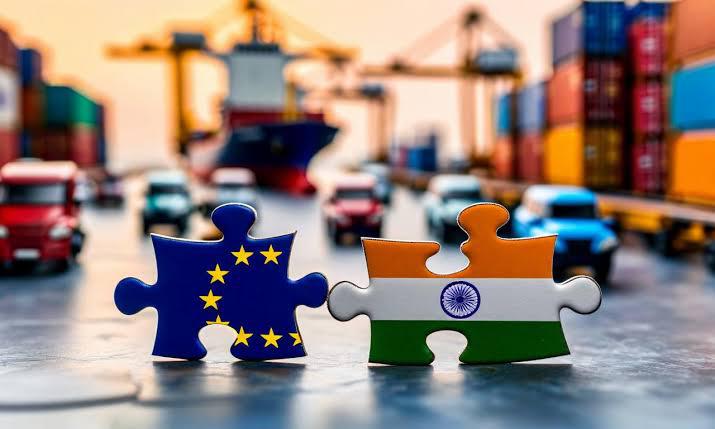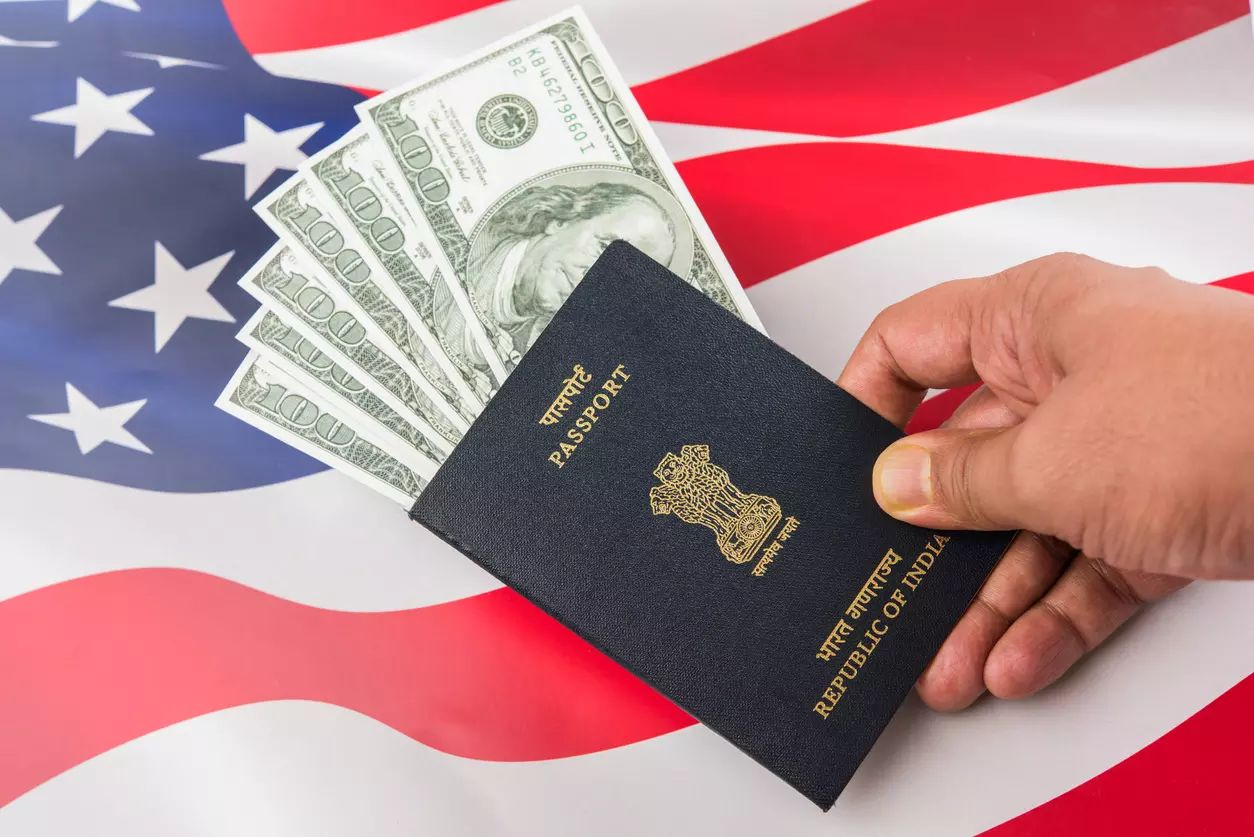The term strategic autonomy has long occupied a distinctive place in the lexicon of Indian foreign policy. It evokes continuity with the Non-Aligned Movement (NAM) of the post-colonial era, yet it has evolved far beyond its historical origins. Today, as geopolitical rivalry intensifies and global institutions face a legitimacy crisis, India’s pursuit of strategic autonomy is increasingly viewed not as hedging or hesitation, but as a coherent framework for engagement in a fragmented international order.

What makes India’s strategic autonomy particularly compelling now is not merely its fidelity to sovereign decision-making, but its resonance with a growing number of states – especially across the Global South – who are themselves seeking to avoid entanglement in major power contests.
A Legacy Recalibrated
India’s commitment to non-alignment emerged in the 1950s under Jawaharlal Nehru, premised on the belief that newly independent nations should not be drawn into the ideological binaries of the Cold War. That doctrine, while often misunderstood as passive equidistance, was in fact grounded in an active commitment to multilateralism, anti-colonial solidarity, and development-led sovereignty.
The end of the Cold War and the emergence of unipolarity in the 1990s necessitated a recalibration. Strategic autonomy in this period shifted from a posture of dissociation to one of selective engagement. India developed closer ties with the United States, deepened energy relations with the Gulf, and remained diplomatically open to Russia and Europe.
The 21st century iteration of strategic autonomy, however, is no longer reactive. It is assertive, layered, and transactional, reflecting India’s rising economic profile, technological capabilities, and normative influence.
The Multipolar Context: India’s Strategic Calculus
India’s emphasis on strategic autonomy must be situated within the current global flux. Three conditions stand out:
- Great Power Competition: The return of rivalry between the United States and China has led to the securitisation of trade, technology, and supply chains. Both powers seek influence, but their strategic visions are often incompatible with each other and restrictive for third-party actors.
- Institutional Paralysis: The limitations of multilateral institutions – from the UN Security Council to the World Trade Organization – have undermined collective problem-solving. This has incentivized coalitions of convenience and plurilateral engagements, opening space for agile diplomacy.
- Issue-Based Alignments: Climate change, pandemic preparedness, cyber governance, and digital public infrastructure require functional coalitions. These domains often transcend traditional geopolitical alignments, reinforcing the utility of autonomous positioning.
India’s foreign policy, under these conditions, has moved away from ideological anchoring and toward interest-based alignment, where partnerships are cultivated not for alliance-building, but for specific functional outcomes.
Strategic Autonomy in Action: Selected Instances
1. Russia-Ukraine War
India’s position on the Ukraine conflict has been widely scrutinised. While Western powers expected condemnation and alignment with sanctions regimes, India chose a path of calibrated neutrality. It abstained from UN resolutions that it viewed as premature or one-sided, called for an immediate cessation of hostilities, and simultaneously deepened energy imports from Russia.
This decision was not merely transactional. It reflected a broader principle: India’s foreign policy will not be dictated by external pressure, especially when vital national interests – such as energy security and defence preparedness – are implicated.
Yet, India also communicated with Western partners, re-emphasising its support for the UN Charter and the sovereignty of states. Strategic autonomy here functioned not as detachment, but as a form of balancing – sustaining ties with both camps without adopting either’s narrative wholesale.
2. QUAD and BRICS Dualism
India’s membership in the QUAD – alongside the US, Japan, and Australia – often draws comparisons to an Indo-Pacific counterweight to China. At the same time, India plays a leading role in BRICS, where it engages diplomatically with both Russia and China on global financial reform.
This dual engagement underscores India’s core belief that strategic competition in one theatre does not preclude cooperation in another. It also allows India to shape both discourses: the normative emphasis on democracy and rule of law in QUAD, and the equity-based developmental agenda of BRICS.
Such dualism requires not just diplomatic agility, but the political confidence to endure contradictions – a hallmark of strategic autonomy as practice rather than rhetoric.
3. Trade and Technology Partnerships
India’s withdrawal from the Regional Comprehensive Economic Partnership (RCEP) in 2019 signalled a significant departure from the consensus. Despite being part of negotiations for nearly a decade, India exited over concerns that the agreement did not safeguard its domestic manufacturing and agricultural sectors.
This was a clear exercise of sovereignty in trade policy – where multilateralism was subordinated to economic self-preservation. Simultaneously, India has negotiated bilateral free trade agreements with Australia, the UAE, and the UK, indicating that autonomy does not imply disengagement, but choice-based participation.
Similarly, India’s approach to data regulation and its promotion of Digital Public Infrastructure (DPI) reflect a desire to lead in shaping tech governance norms, without ceding control to Silicon Valley or Beijing.
The Global South and India’s Moral Authority
Perhaps the most significant evolution in India’s strategic autonomy is its renewed relevance to the Global South. The international response to COVID-19 vaccine distribution, the climate finance gap, and the marginalisation of African and Latin American voices in global forums have revealed a deep structural inequality in global governance.
India’s presidency of the G20 in 2023 was framed as a moment to amplify the concerns of these underrepresented regions. New Delhi’s proposal to admit the African Union as a permanent member was adopted, reinforcing its position as a diplomatic bridge.
In this context, strategic autonomy becomes more than a defensive posture. It transforms into a normative proposition: that sovereignty, equity, and multipolarity are not abstract ideals, but the prerequisites of a legitimate international order.
Challenges and Critiques
Critics of strategic autonomy argue that it lacks clarity, risks alienating potential partners, and may lead to underperformance in global leadership roles. They cite India’s reluctance to adopt strong stances in multilateral crises as evidence of strategic ambiguity.
However, these critiques overlook the evolving definition of leadership. In a divided world, the capacity to mediate, to convene, and to avoid binary positioning may well be the new currency of influence.
Moreover, India’s institutional capacity, while still maturing, has shown steady improvement. From the Ministry of External Affairs’ expanding public diplomacy tools to Track II dialogues on AI, climate, and cyber governance, there is movement toward proactive norm entrepreneurship.
Conclusion: A Future-Oriented Strategic Framework
India’s strategic autonomy is not about resisting alliances or retreating into exceptionalism. It is about the agency to define national interest on one’s own terms, to engage globally without submission, and to negotiate partnerships from a position of self-assurance.
In a multipolar world where ideological conformity is neither possible nor desirable, India’s foreign policy offers a template that is both principled and pragmatic. It appeals to states seeking room to manoeuvre, and it provides a vocabulary for a world in search of equilibrium.
As India’s global stature grows – economically, diplomatically, and technologically – the durability of its strategic autonomy will be tested. But if managed with foresight, it may well prove to be India’s greatest contribution to the emerging international order.





